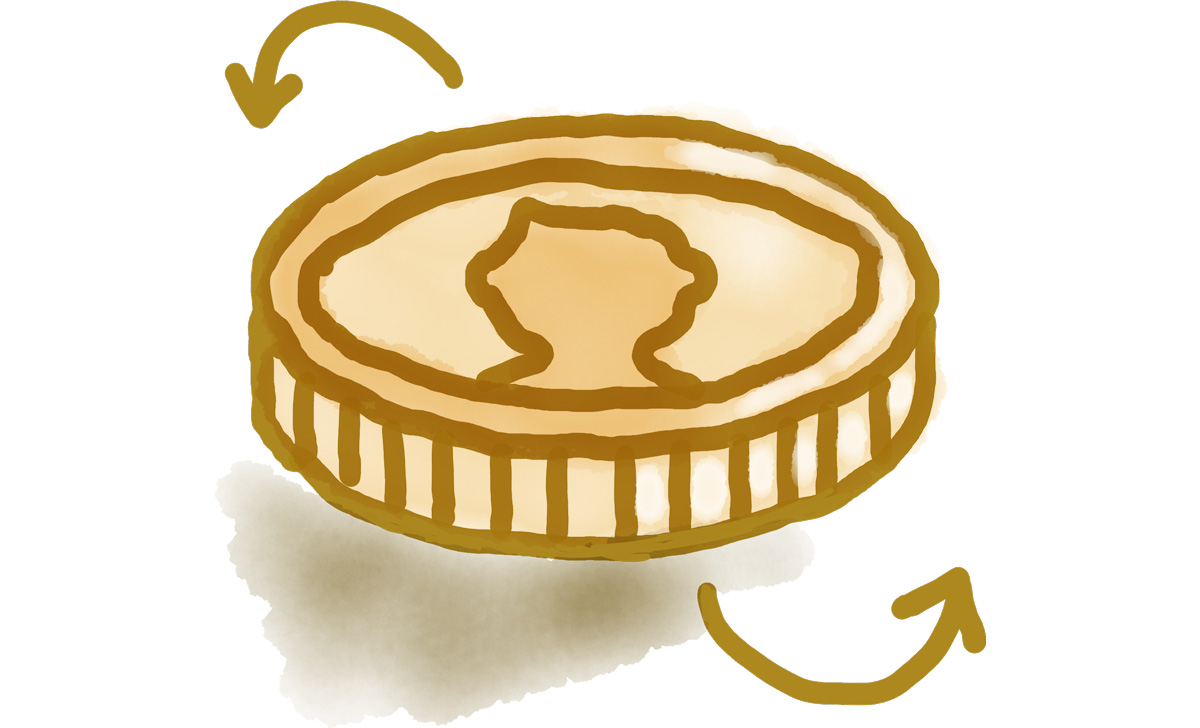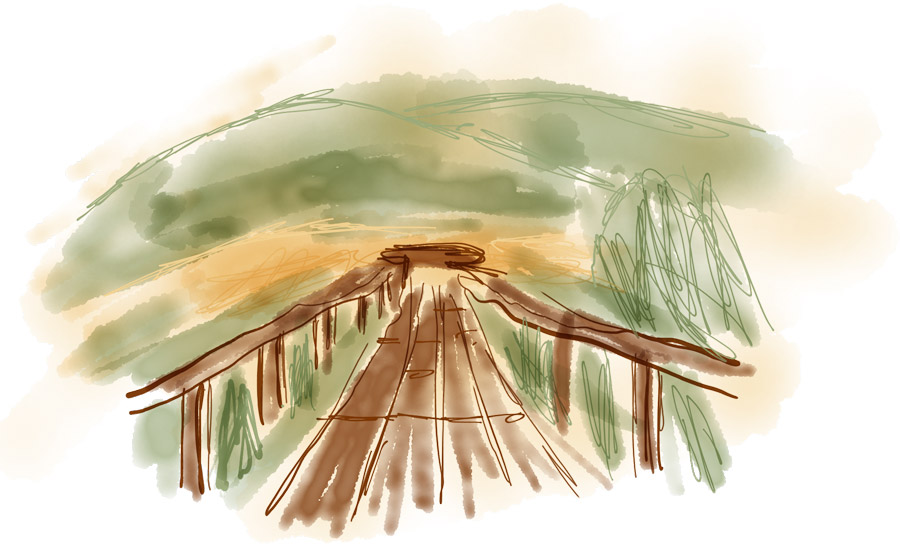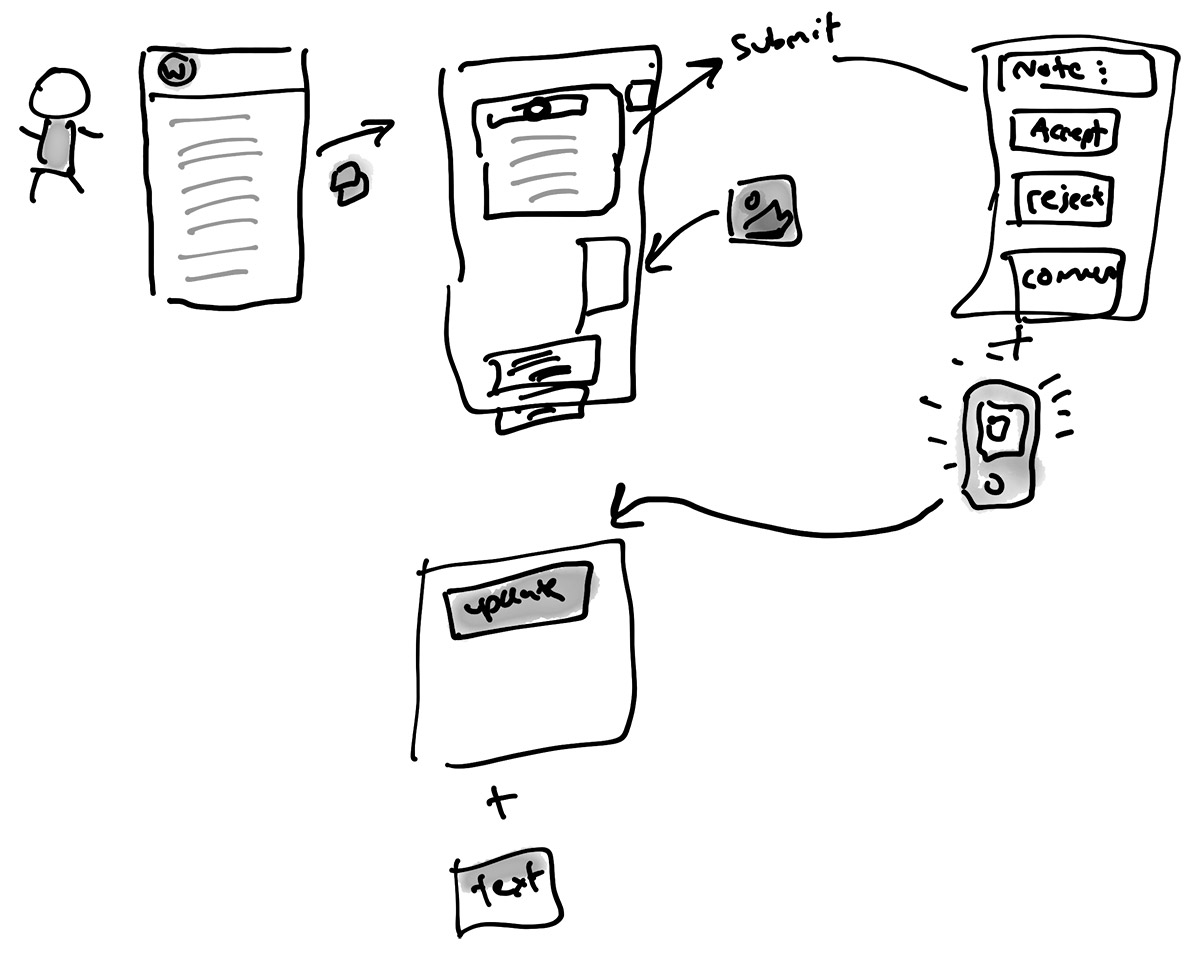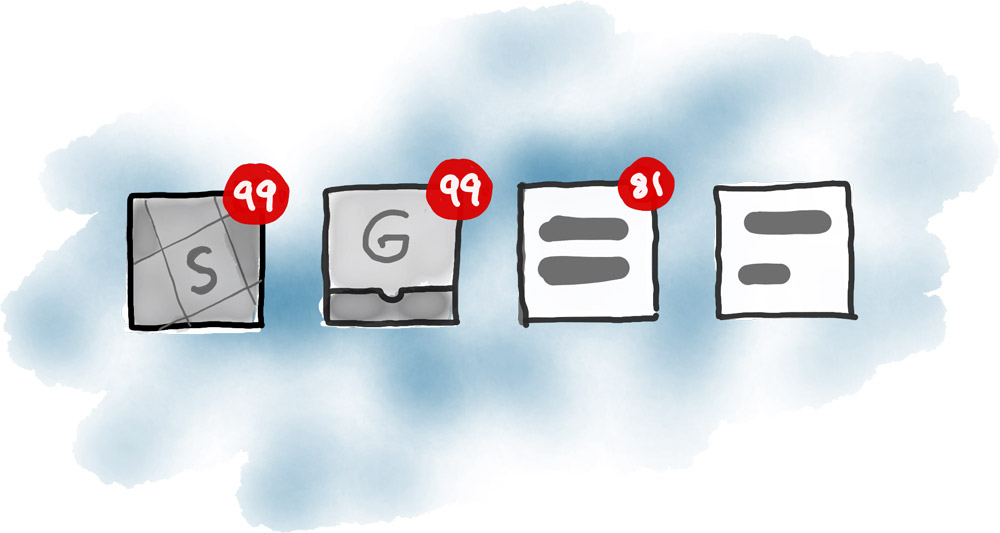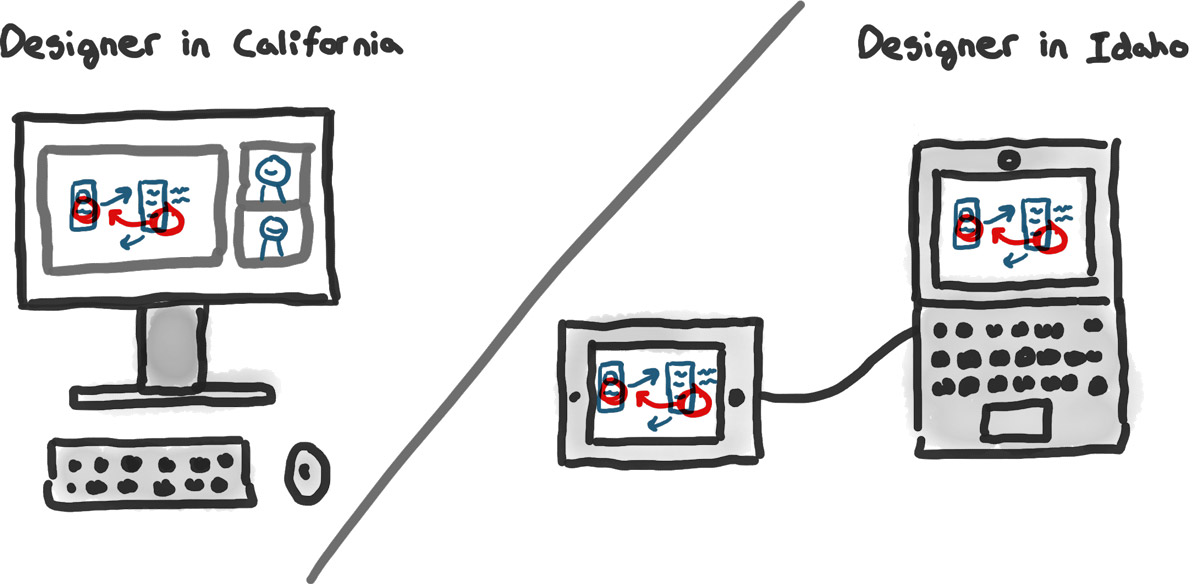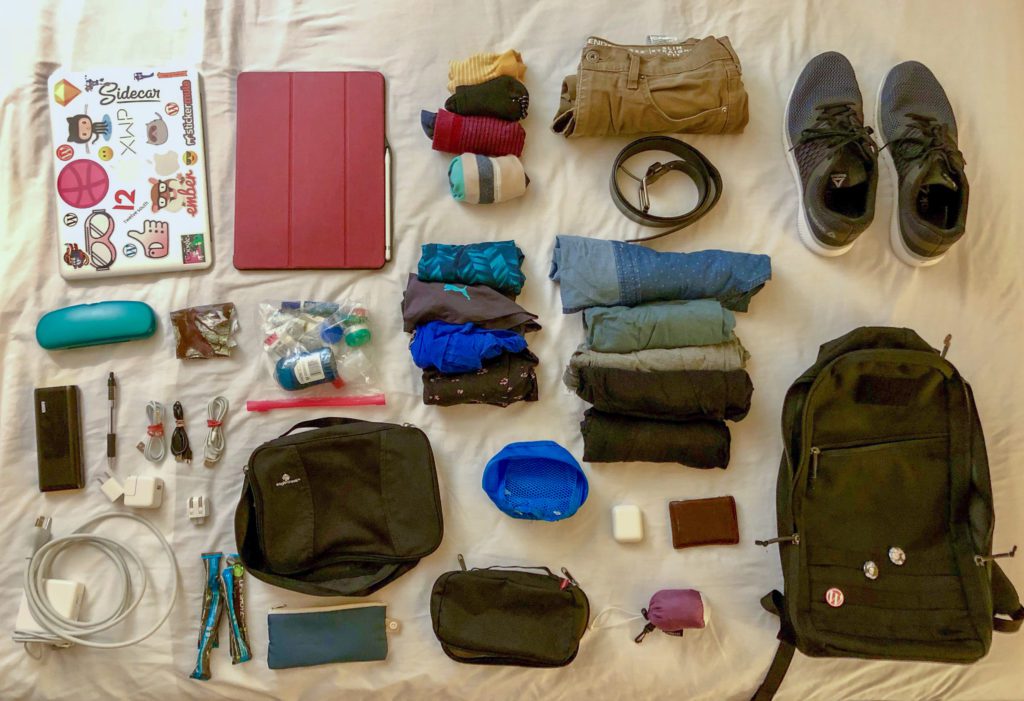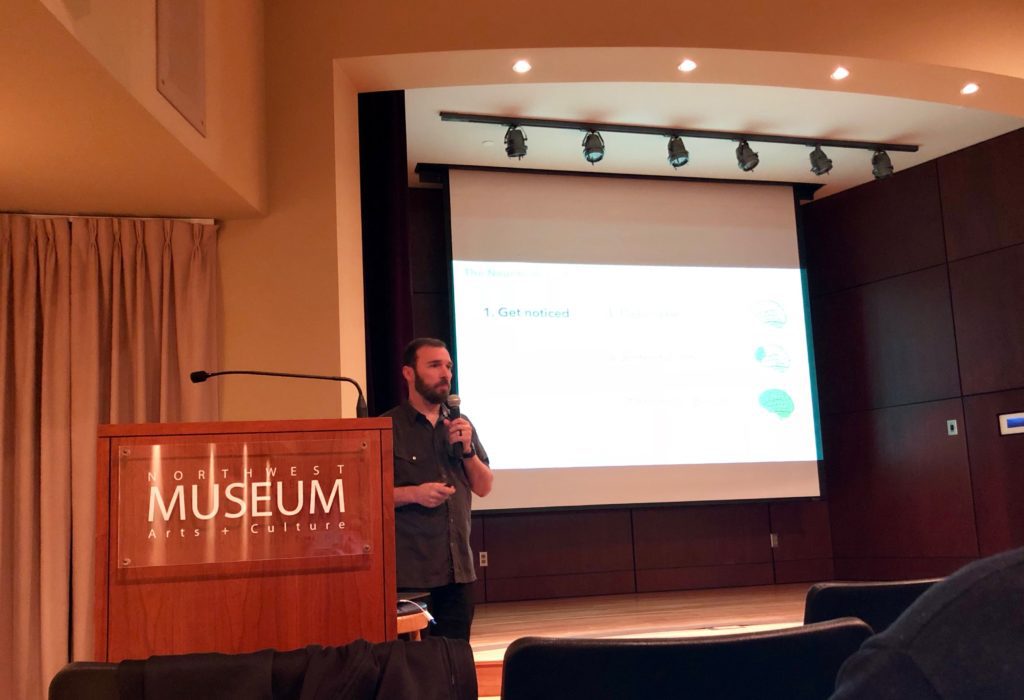
Earlier today I attended a talk by Adam Morgan, a senior Creative Director at Adobe. He shared why creativity and design matter, and why they deserve a seat at the table alongside logic and data.
The question that started the talk was, “do creative ideas work better?”. To find out the answer he discussed the differences between logic and emotion, the subconscious decisions our brain makes vs the conscious decisions, the linear vs connotational way of thinking, and the frontal lobe vs the rest of your brain.
Decision making
All of this led to the importance of considering both logic and emotion when making decisions. For example:
A logical decision
If you need to buy a potato peeler – you make a quick logical decision based on a few points of data. It’s that that difficult.
An emotional decision
However, you’re going to buy a house, there are literally thousands of data points to consider that will make up your final decision. Is the crown molding the kind you want, is the location correct, how about the size of the lot, color of the walls, which direction does it face on the compass, do you have a good view of the sunset, is it an open floor plan, do you like the pain color, tile selections, the list is endless.
Your brain will take all these questions and work through reams of data in an instant. From all that data, which is really just 1s and 0s, you’ll make a “gut” decision on whether you like it; an emotional decision.
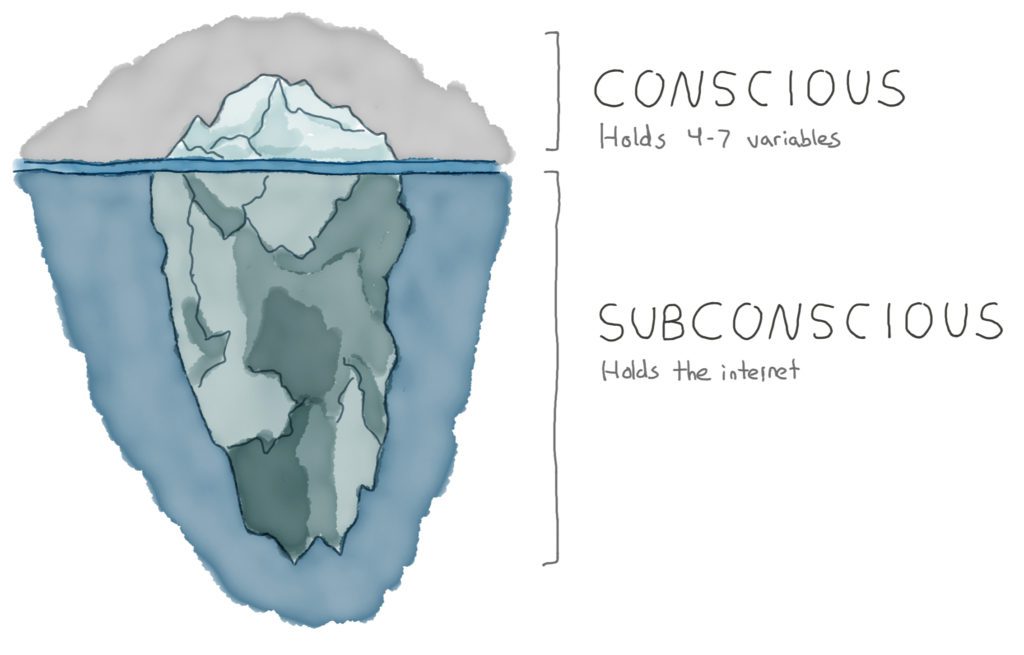
Anomalies
Our brains run on autopilot much of the time. Consider your daily commute. You probably don’t remember anything from the time you hopped into the car until you parked in your garage. But the moment you spot a car accident, your brain flies out of auto pilot and the command center takes over.
Our brains focus on anomalies in and fill in the rest of what we see what predictive models. In other words, you’re not really “seeing” most of your daily commutes, your brain is filling all that in and letting your run on autopilot.
Your brain has 86 billion neurons holding data, and that data is locked in with emotions. You can bring your brain out of auto pilot, in theory, with a logical data point. However, the best way to get all the neurons firing is to force an emotion.
If you see a red flame your brain checks its database to decide what that means, it finds a data point – hot fire, OUCH! – and uses that to help you decide you shouldn’t touch it. An emotion helped lock in that data point and helps make it easier to recall.
If you see a blue flame your brain might not have a data point to check against, so it flags it as an anomaly. It will then report that back to your command center to decide what to do with. Once you decide – yes it’s still hot, it’s similar to a red flame – it will burn a new memory to lock in later.
Emotions are powerful things! They create memory traces. If you want someone to remember your the work you’re creating, you can use emotion to help lock it in or retrieve it. Consider likability (versus negative advertising) and nostalgia for encouraging decisions.
Logic and emotion
Some decisions require logic, while others require emotion. This is where creativity needs a seat at the table; if you want to understand how the human brain makes decisions then you need to consider how emotion and anomalies fit into the picture.
The marketing gut is not dead. At Adobe they champion analytics through their own product, but they still use their marketing gut, along with the repository of past data, to help make decisions.
When you’re trying to decide what features or user interface to implement into a product, you should definitely consider all the data you have available. But don’t ignore the value of your own experiences and emotional feelings.
When it comes to measuring your creative ideas you should use data and logic to provide insight into where you’re going with the decision. From there focus on creating an experience and measure whether that experience hits the trigger for decision making with your audience.
Many companies are afraid to be creative and say they only make logical decisions. This is a fallacy; emotion is involved in much of our decision making at a subconscious level.
By avoiding creativity a company risks not connecting with their audience.
Conclusion
Companies are either relationship driven, process driven, or focused on product innovation. If your company is process driven then creativity will likely not be needed. But if you’re a product innovative company (like Adobe) or a relationship focused company, then creativity has the opportunity to thrive.
If you want to learn more, feel free to visit returnonidea.com; Adam will be publishing a book soon to expand on this topic!

